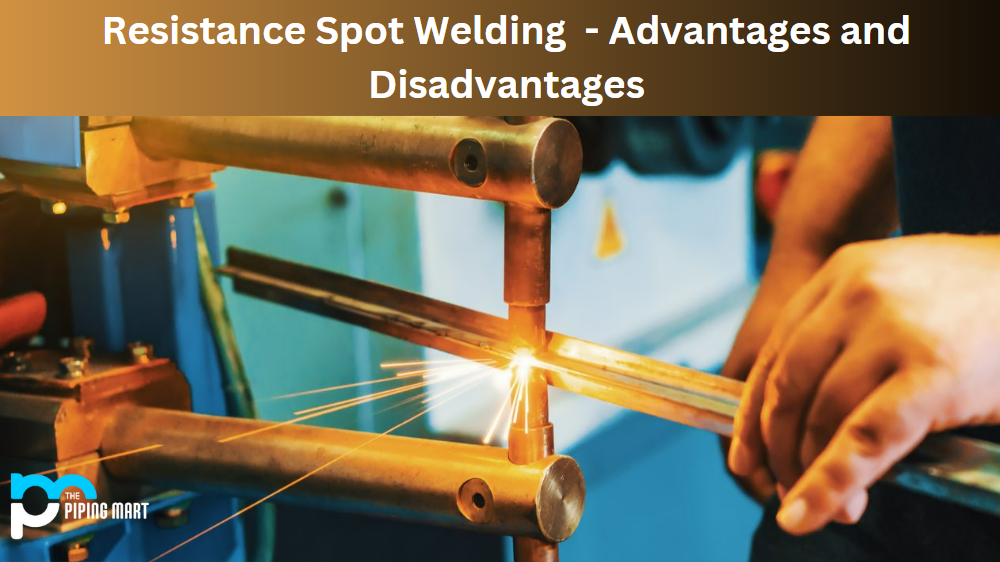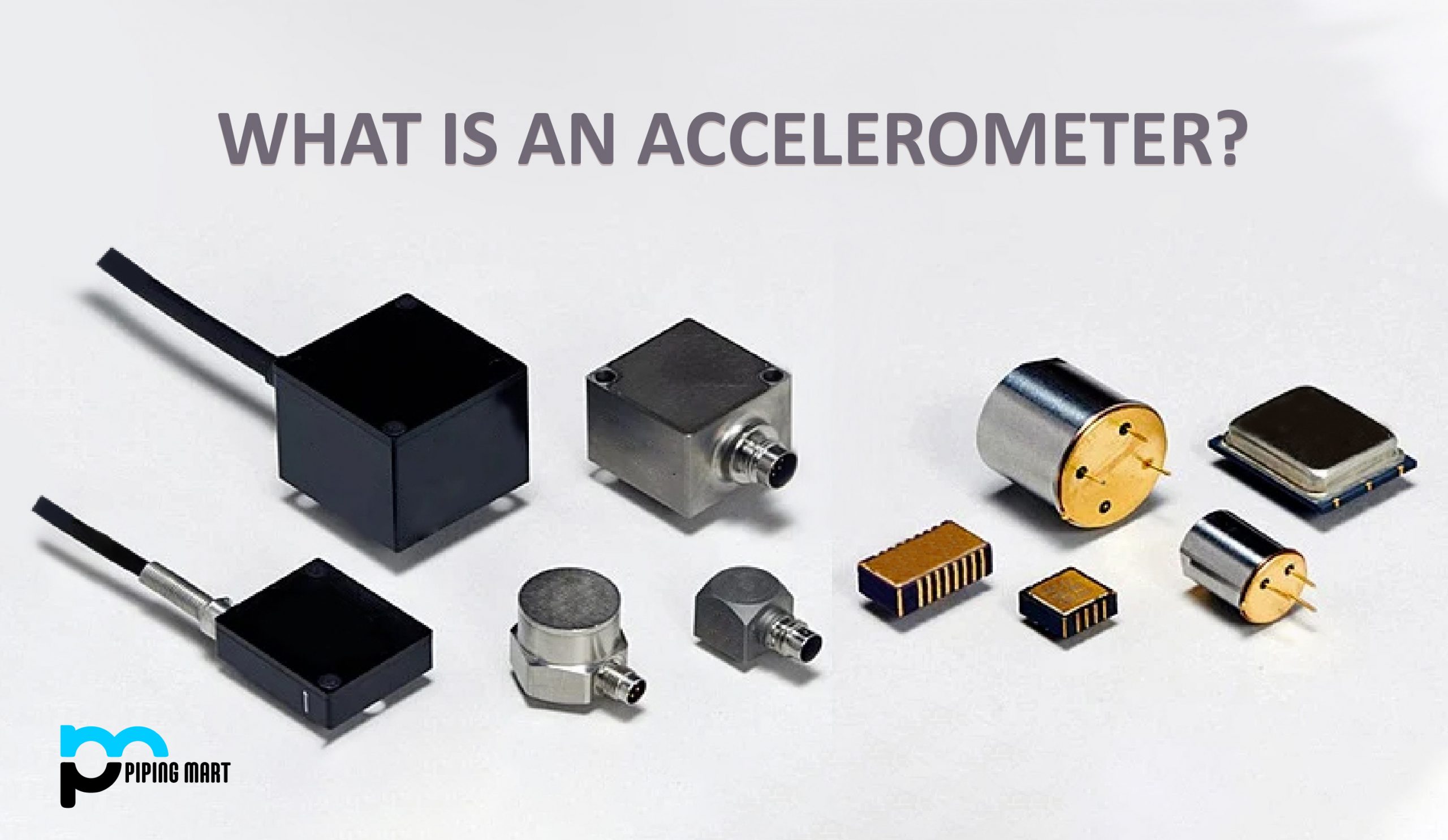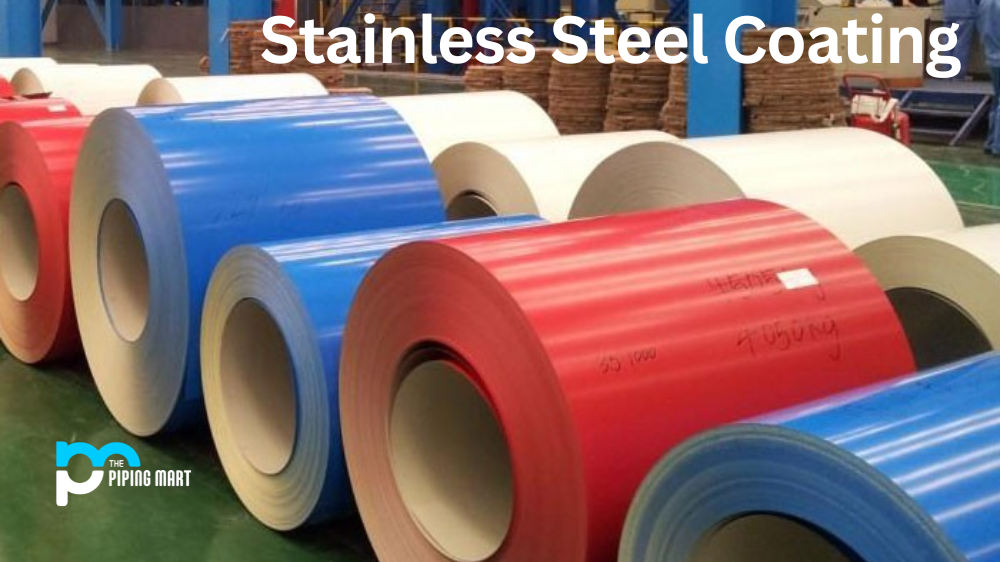Resistance spot welding is a process that uses two electrodes to join two pieces of metal together. It’s quick, efficient, and can be used on various metals. The process has been around for over 100 years and is still widely used today—but it isn’t without drawbacks. If you’re considering using resistance spot welding in your business, here’s what you need to know about the advantages and disadvantages of this popular welding technique.
Advantages of Resistance Spot Welding
One of the main advantages of resistance spot welding is that it’s a very fast process. A typical weld takes only a few seconds to complete, allowing large batches to be efficiently welded with minimal downtime between welds. Additionally, because the electrodes are placed flat against the joined metal, there is no need for pre-drilling or other preparation steps before welding, saving time and money during production. Lastly, resistance spot welding produces very smooth welds with minimal distortion, making it ideal for projects that require precision and exact tolerances.
- Resistance spot welding is a fast and efficient way to join two pieces of metal together.
- The process is relatively simple and does not require skilled labour, making it an affordable option for many businesses
- Resistance spot welding is a strong and reliable method of joining metals and is often used in the automotive industry.
- The process is relatively clean and does not produce harmful fumes or chemicals, making it a safer option than other welding methods.
- Resistance spot welding can be used on various metals, including aluminium, stainless steel, and copper.
Disadvantages of Resistance Spot Welding
Despite its many benefits, some drawbacks are also associated with resistance spot welding. One issue is that it can only join two pieces of metal at once—no more than that—which means complex assembly processes may require additional steps like riveting or bolting to join all parts fully. Additionally, not all metals can be entered through resistance spot welding as some metals don’t conduct electricity well enough for the process to work effectively; this limits the range of materials used in projects requiring this type of welding technique. Finally, resistance spot welding produces toxic fumes from burnt paint and coatings on the welded surfaces, which must be appropriately managed to protect workers from exposure and comply with safety regulations.
- Resistance spot welding is a process used to join two pieces of metal.
- The process uses electrical resistance to generate heat, which melts the metal and joins the two pieces together.
- Resistance spot welding is typically used to weld thin metal sheets, such as those used in the automotive industry.
- One of the disadvantages of resistance spot welding is that it can only be used on certain types of metals. For example, the process cannot be used on aluminum or copper.
- Additionally, resistance spot welding can only be used on metals that are clean and free from contaminants. If the metal is not pure, the weld will not be strong and may fail.
Conclusion:
Despite its limitations, resistance spot welding remains one of the most popular methods for joining two pieces of metal together quickly and efficiently. Its ability to produce smooth welds with minimal distortion makes it ideal for precision applications, while its speed allows for large batches to be completed quickly and easily. However, it’s important to remember that not all metals are compatible with this welding technique. Safety precautions should always be taken when working with toxic fumes produced by burned paint or coatings during the process. With these considerations in mind, any business considering using resistance spot welding should have all their bases covered when deciding whether this method best fits their needs.

A passionate metal industry expert and blogger. With over 5 years of experience in the field, Palak brings a wealth of knowledge and insight to her writing. Whether discussing the latest trends in the metal industry or sharing tips, she is dedicated to helping others succeed in the metal industry.




